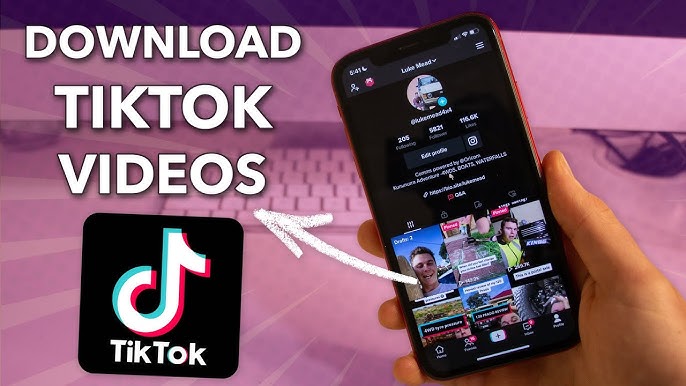Saving TikTok clips for offline viewing has become a popular need for users who want to enjoy content anytime, anywhere, without depending on a stable internet connection. Whether you’re commuting, traveling, or simply preserving your favorite videos for future reference, offline access ensures you can revisit clips on your own terms. The process typically involves a few steps and can be done using a variety of tools that don’t require technical expertise. As TikTok’s popularity continues to grow, so does the demand for more flexible ways to access its entertaining and educational content. Before diving into how to save clips, it’s essential to understand the reasons people opt to store them offline. Some do it for inspiration, using clips as references for their own creative projects. Others may want to archive dance routines, tutorials, or recipes. Additionally, offline storage is beneficial when videos are at risk of being removed or made private. Whatever the reason, the goal is the same: maintaining easy access to content that resonates on a personal or professional level.

There are different methods to save videos, ranging from in-app features to third-party solutions. In-app options, when available, are the most straightforward and user-friendly. However, not all videos can be downloaded directly due to creator settings. That’s where external tools come into play, offering the ability to save content in various formats and resolutions. Users should choose options that are compatible with their device and provide clear steps to ensure successful downloads. When selecting a method for saving videos, it’s important to prioritize safety and privacy. Some tools may require access to device storage or permissions that users should review carefully. Avoid services that ask for unnecessary personal information or attempt to install unverified software. Opt for trusted sources with positive feedback and clear usage policies. Being cautious at this stage helps protect your device and personal data while enjoying offline content securely.
Another key consideration is file organization. Once clips are saved, they can quickly accumulate and become difficult to manage. Creating folders based on themes, creators, or usage intent can make it easier to find specific videos later. Renaming files with descriptive titles and keeping backups can also enhance accessibility and reduce the risk of accidental loss. This small investment in organization pays off in convenience over time. Always respect the rights of content creators. While saving videos for personal use is generally acceptable, redistributing or editing them without permission can lead to copyright violations or other legal issues. It’s best to enjoy saved content privately or use it in a way that acknowledges and insta blogs honors the original creator’s work. Being a responsible viewer ensures a positive experience for everyone in the digital community.

